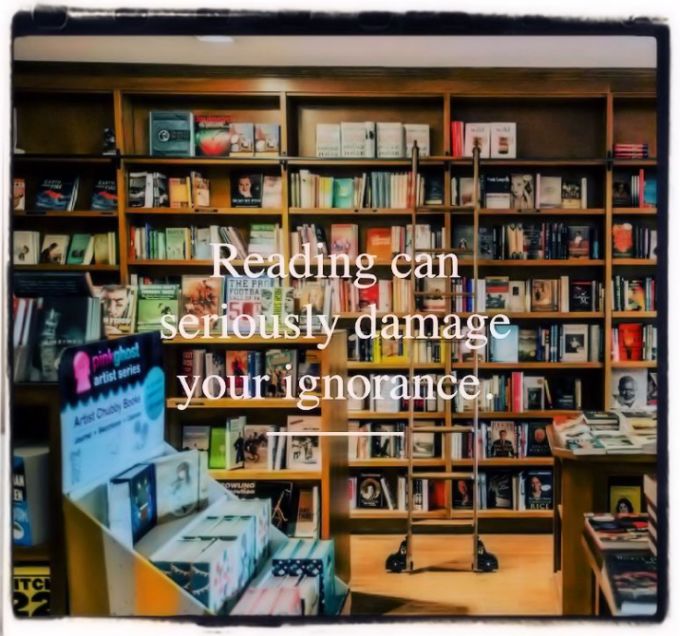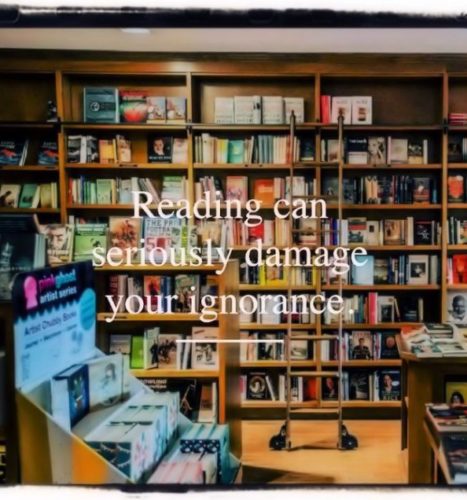
Reading Strategies And Techniques to develop an autonomous method of studying and learning. Plus other interesting and useful articles on the importance of reading.
Where you only need the shallowest knowledge of the subject, you can skim material. Here you read only chapter headings, introductions and summaries.
If you need a moderate level of information on a subject, then you can scan the text. Here you read the chapter introductions and summaries in detail. You may then speed read the contents of the chapters, picking out and understanding key words and concepts. At this level of looking at the document it is worth paying attention to diagrams and graphs.
Only when you need detailed knowledge of a subject is it worth studying the text. Here it is best to skim the material first to get an overview of the subject. This gives you an understanding of its structure, into which you can fit the detail gained from a full, receptive reading of the material.
Annolighting A Text
This active reading strategy links concept of highlighting key words and phrases in a text and annotating those highlights with marginal notes.
Annotating A Text
Annotating a text is an effective strategy to promote active and critical reading skills; this strategy provides a number useful acronyms that students can use to remember different elements of writer’s craft when reading and annotating a text.
Anticipation Guide
Anticipation guides are typically used as a pre-reading strategy and help to engage students in thought and discussion about ideas and concepts that they will encounter in the text.
Checking out the Framework
This strategy provides students with suggestions for previewing texts of different genre in order to read strategically based on their purposes for reading the text.
Collaborative Annotation
This strategy engages students in a process of co-constructing their interpretations of a text through a collaborative annotation activity.
Conversations Across Time
This reading strategy helps students to develop deeper insights by making connections between and across texts from different time periods in response to a common topic, theme, or essential question.
Dense Questioning
The dense questioning strategy can be used to help students pose increasingly dense questions as they make text-to-text, text-to-self, text-to-world connections.
Frame of Reference
The frame of reference strategy teaches students how to create a mental context for reading a passage; this is accomplished by helping students to consider what they know about a topic and how they know what they know.
Inferential Reading
The inferential reading strategy provides a list of the various types of inferences that readers make while reading even seemingly straightforward text; recognizing that there are different types of inferences helps students to analyze text more consciously and strategically.
Interactive Notebook
This highly adaptable strategy encourages students to use a two-column note-taking strategy. In the right column, they take notes to synthesize essential ideas and information from a text, presentation, film etc.; in the left-hand column, they interact with the content in any way they choose (personal connections, illustrations, etc.).
Key Concept Synthesis
The key concept synthesis strategy helps students to identify the most important ideas in a text, put those ideas into their own words, and then make connections between among these important ideas
Listening to Voice
This strategy helps students to analyze and interpret writer’s voice through the annotation of a passage, with particular emphasis on dictions, tone, syntax, unity, coherence, and audience.
Metaphor Analysis
This adaptable strategy teaches students how to analyze a complex metaphor and substantiate interpretive claims using textual evidence.
Parallel Note-taking
The parallel note-taking strategy teaches students to recognize different organizational patterns for informational texts and then develop a note-taking strategy that parallels the organization of the text.
QAR: Question-Answer Relationships
The QAR strategy helps students to identify the four Question-Answer Relationships that they are likely to encounter as they read texts and attempt to answer questions about what they have read. These include “right there” questions, “think and search” questions, “author and you” questions, and “on my own” questions.
Questions Only
The questions only strategy teaches students how to pose questions about the texts they are reading and encourages them to read actively as they work to answer the questions they have posed.
RAFT
This is a flexible post-reading strategy that helps students to analyze and reflect upon their reading through persona writing. Based on suggestions provided by the teacher or generated by the class, students choose a Role, an Audience, a Format, and a Topic on which to write in response to their reading.
Reciprocal Teaching
The reciprocal teaching strategy enables students to activate four different comprehension strategies – predicting, questioning, clarifying, summarizing – which they apply collaboratively to help each other understand a text they are reading.
Sociograms
A sociogram is a visual representation of the relationships among characters in a literary text. Students can make use of pictures, symbols, shapes, colors, and line styles to illustrate these relationships, to understand the traits of each character, and to analyze the emerging primary and secondary conflicts.
Think Aloud
Skillful readers unconsciously use a range of strategies to make meaning from text. The think aloud strategy involves modeling these strategies by “thinking aloud” while reading and responding to a text. By making explicit for students what is implicit for more expert readers, it becomes possible for students develop and apply these strategies themselves.
Transactional Reading Journal
The name of this reading strategy is inspired by the work of Louise Rosenblatt (1978), who explained reading as a transactional process that occurs between the text and the reader. The Transactional Reading Journal builds on this concept (via Jude Ellis) and provides a flexible framework for engaging students in a process of active and personally meaningful interaction with a text.
Writer’s Craft Seminar
This reading strategy teaches students how to analyze text through close reading in order to formulate a interpretive thesis that is supported through assertions and textual evidence. Students present their interpretations to the class through a seminar format.
If you are interested to find out more you can also read:

